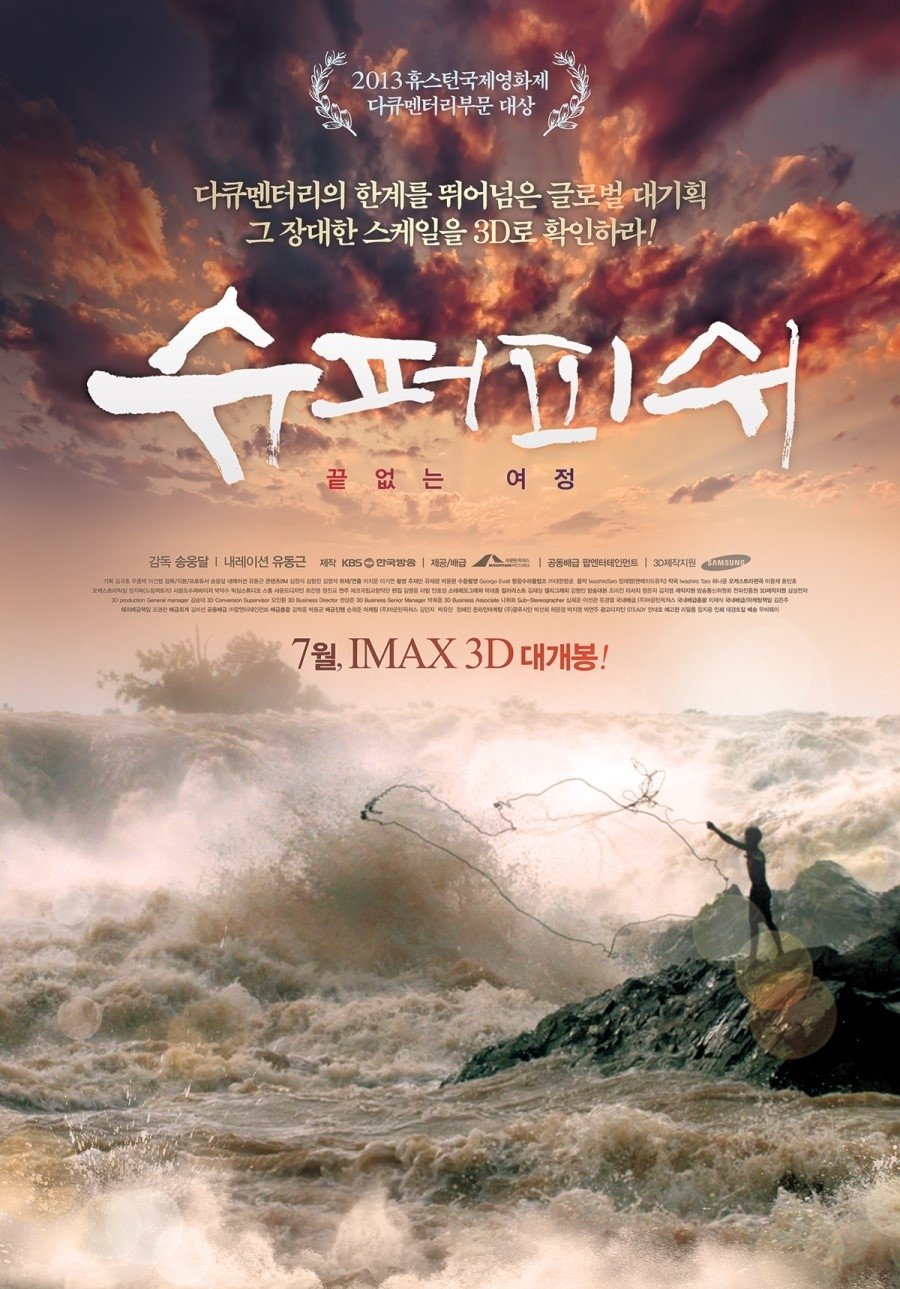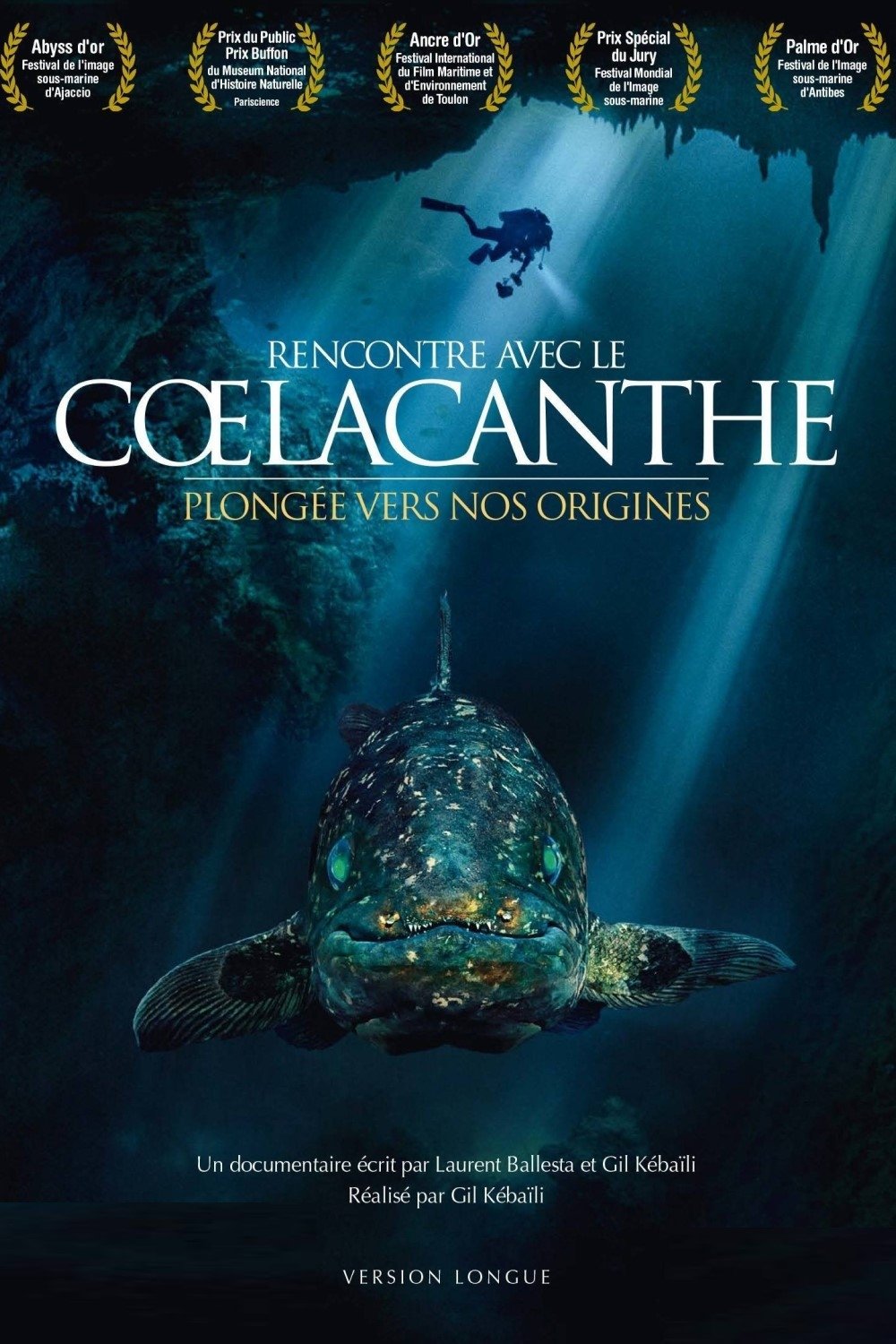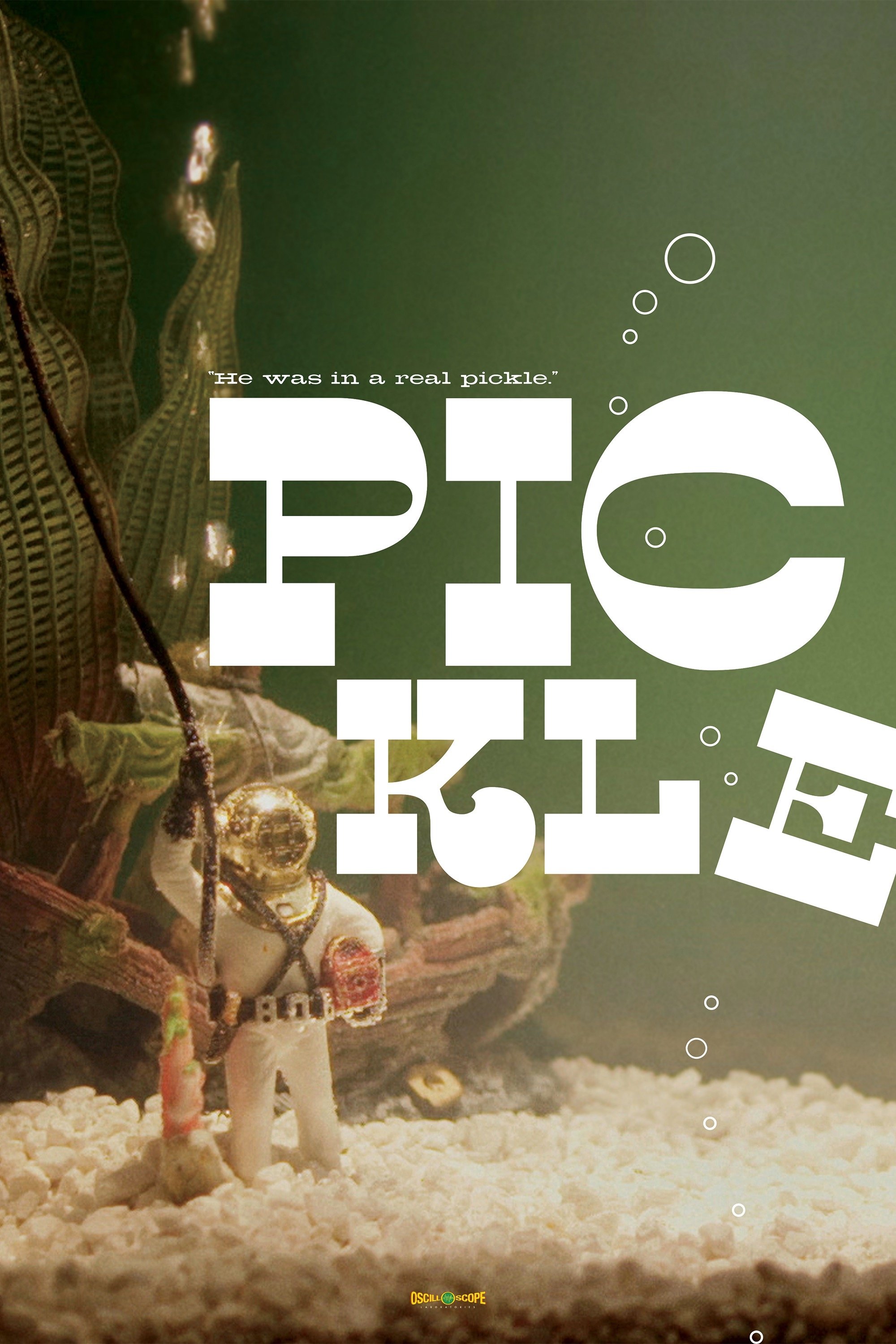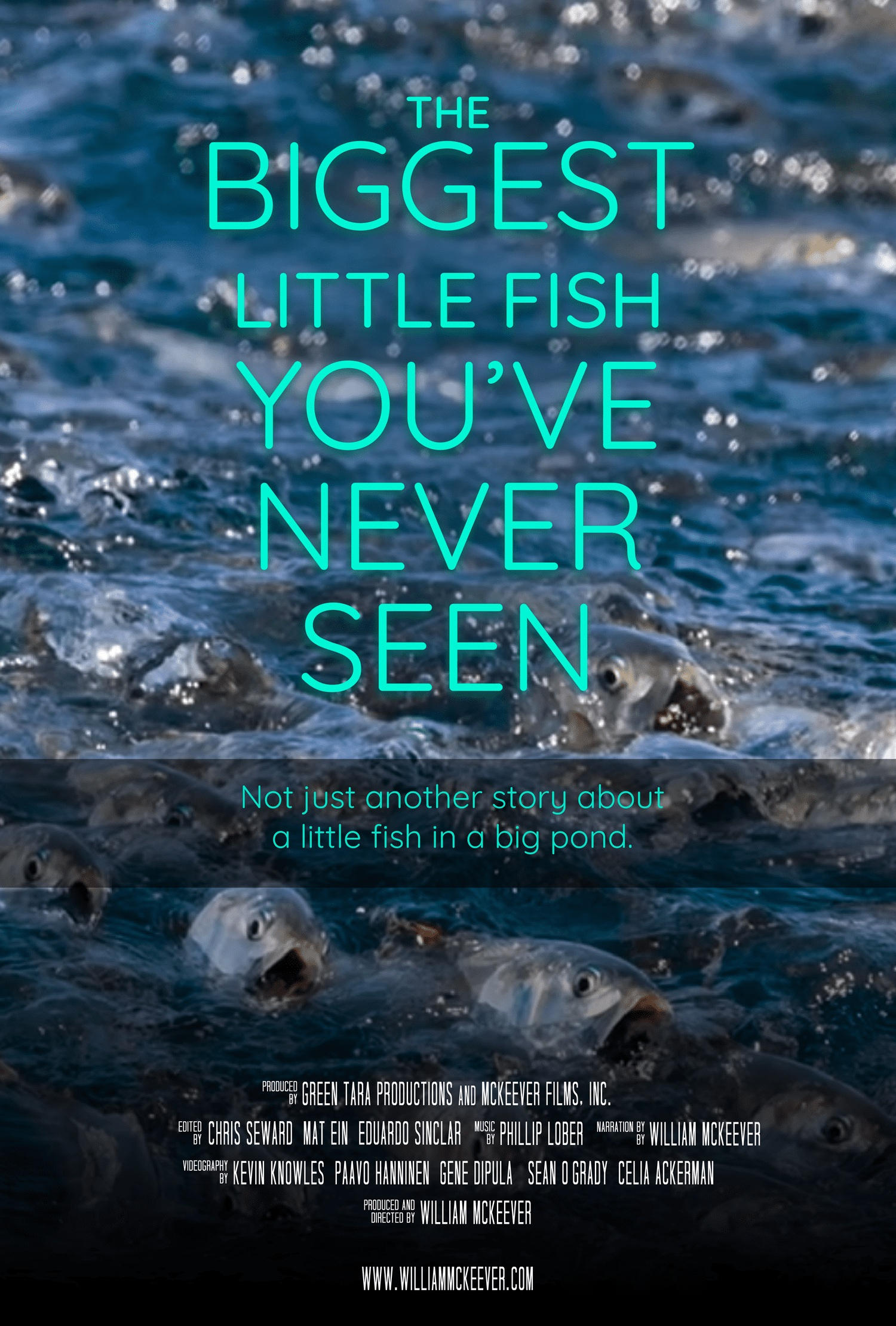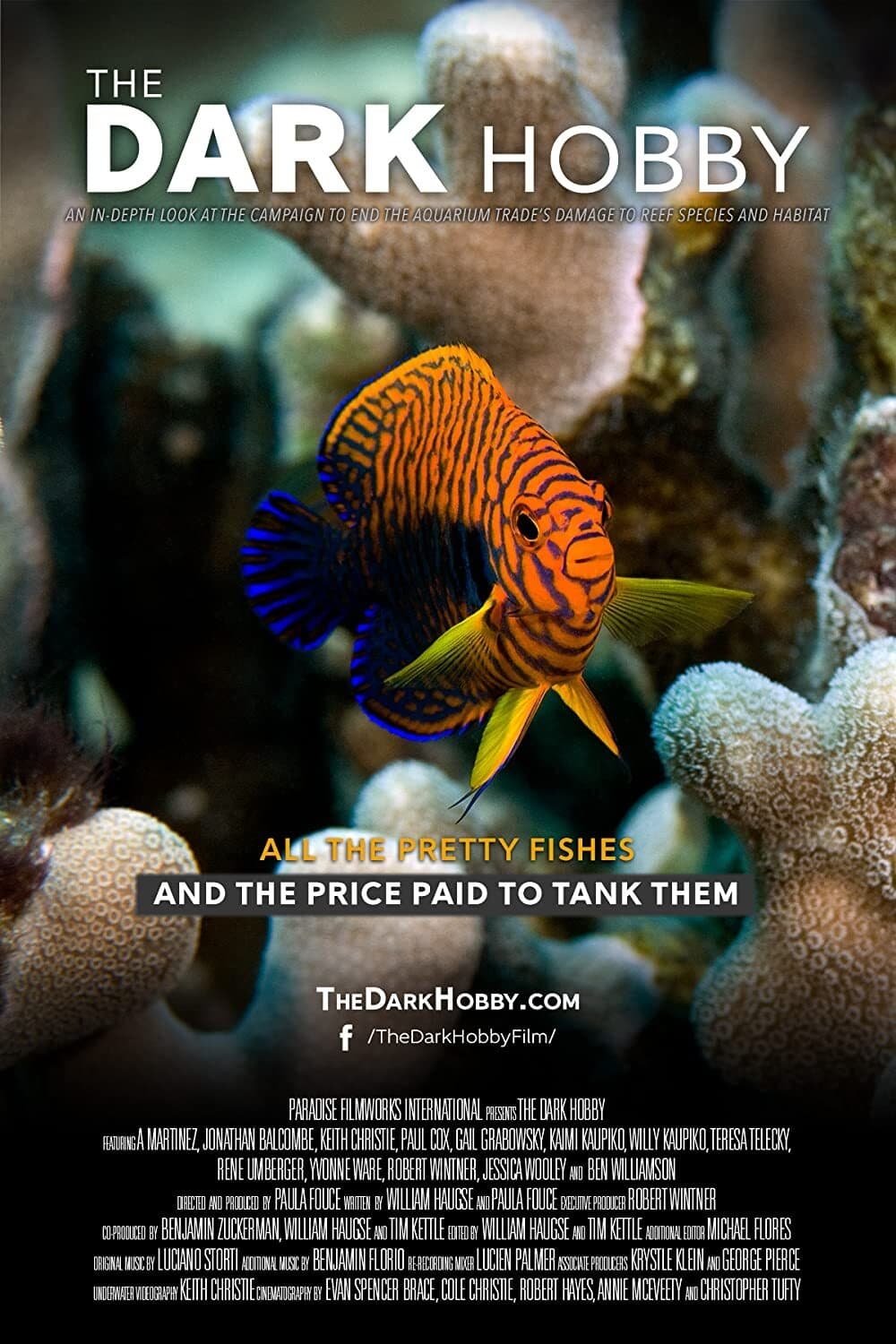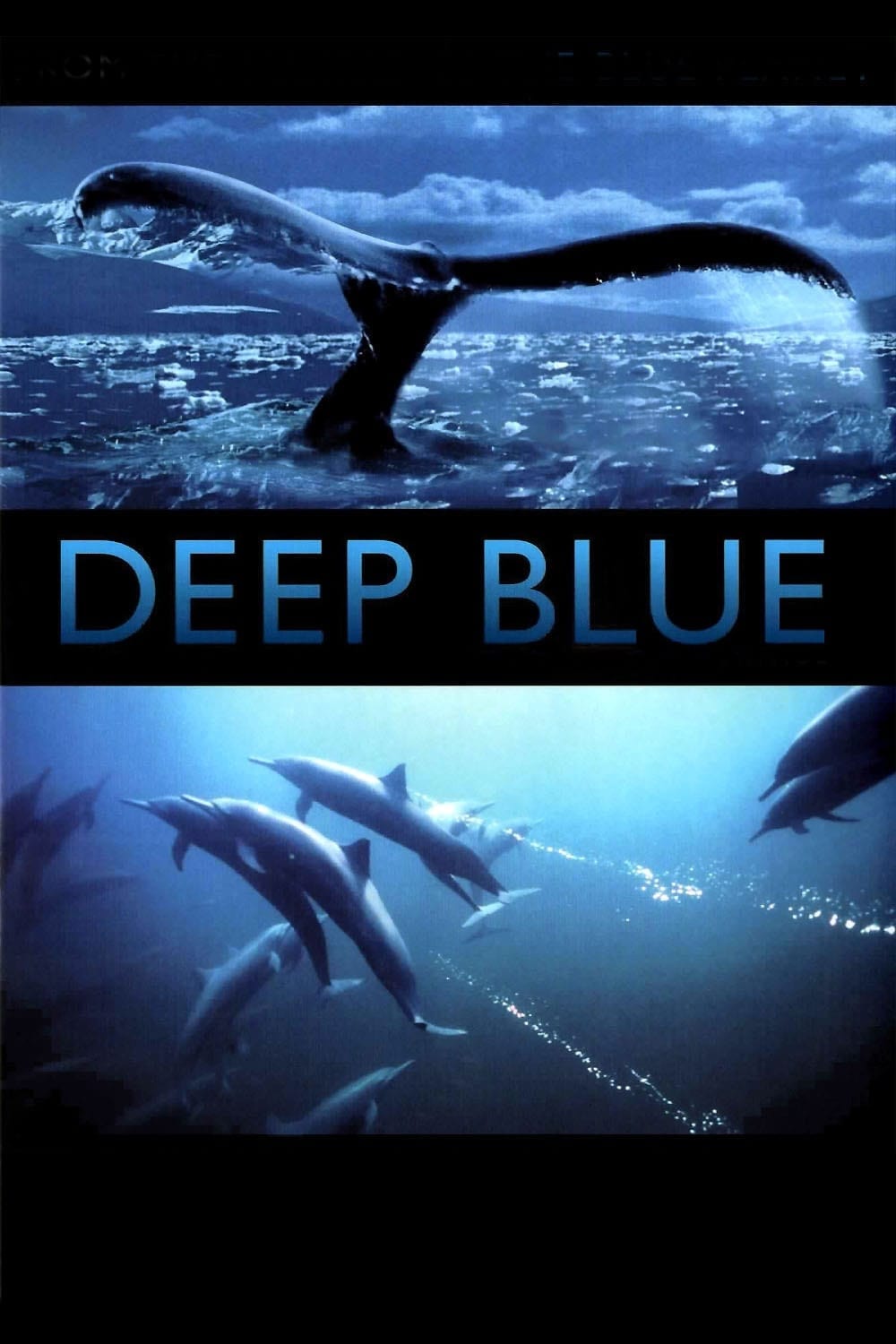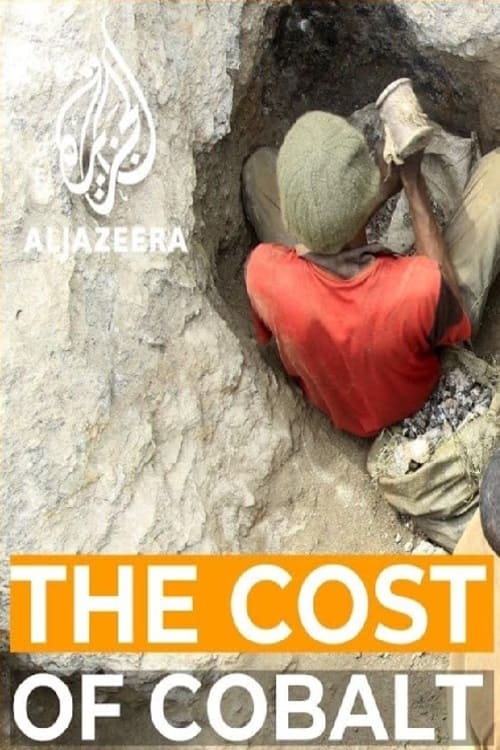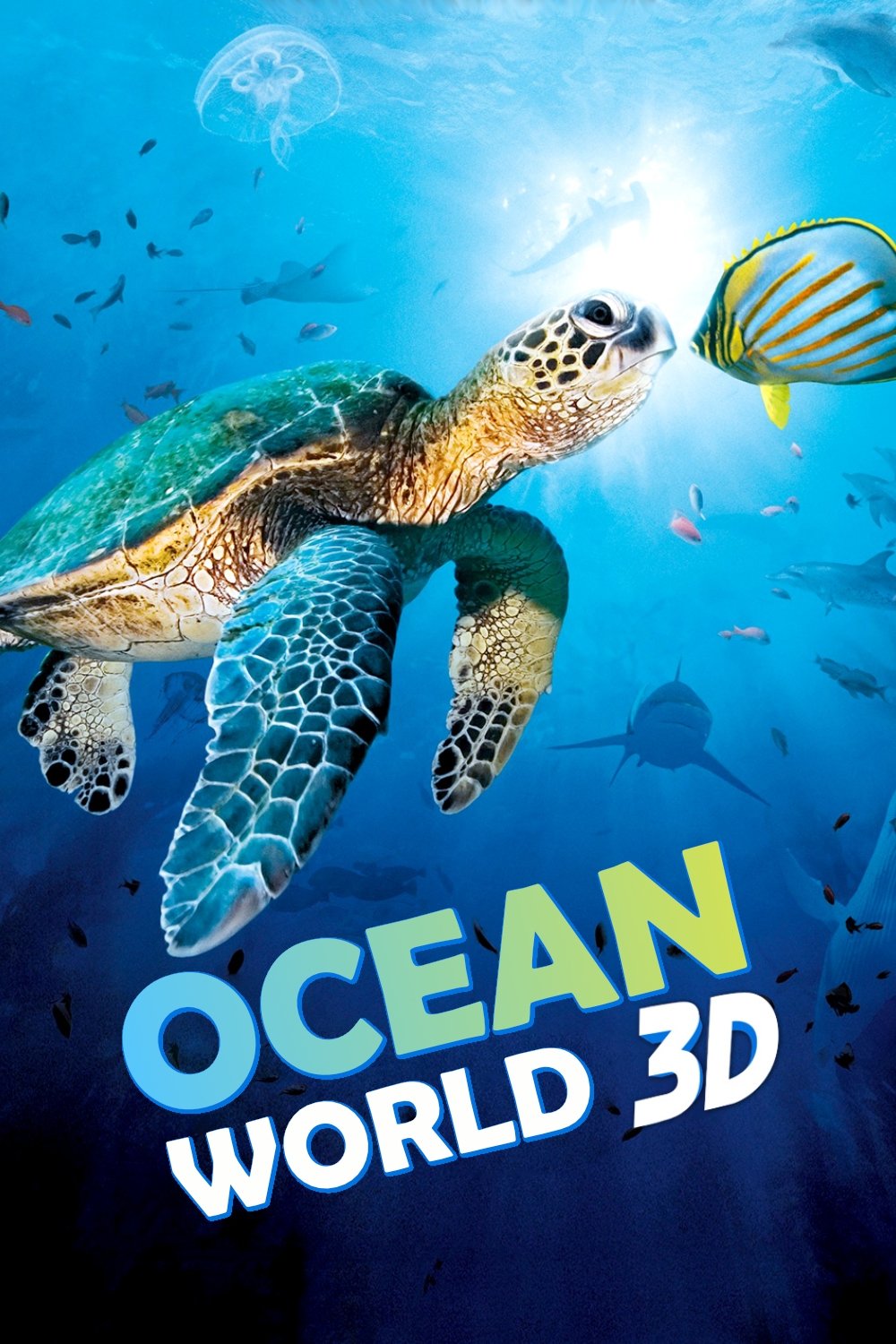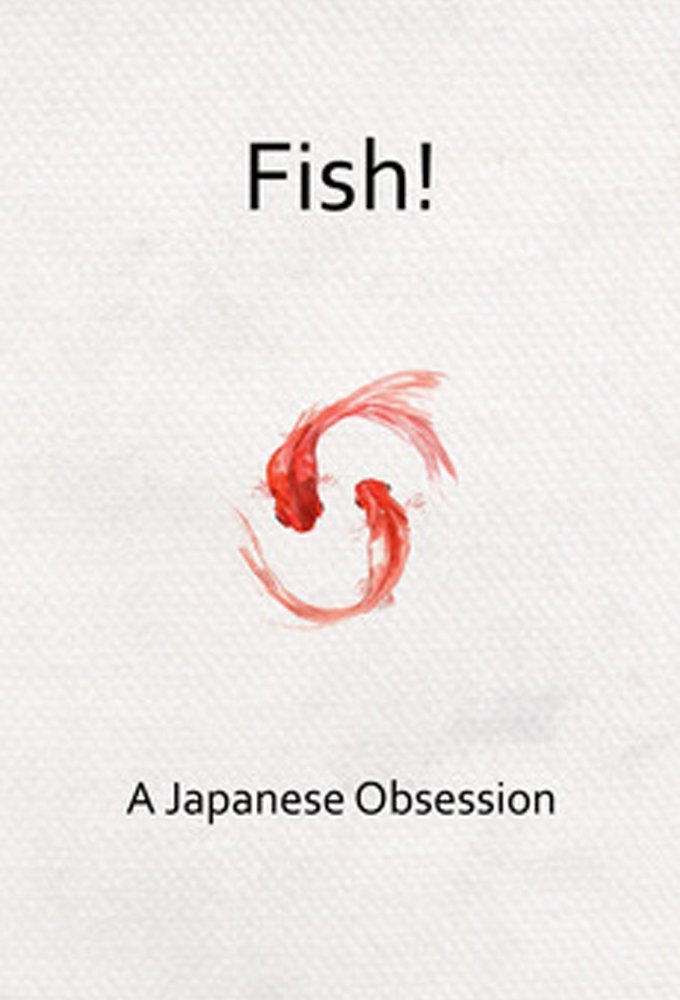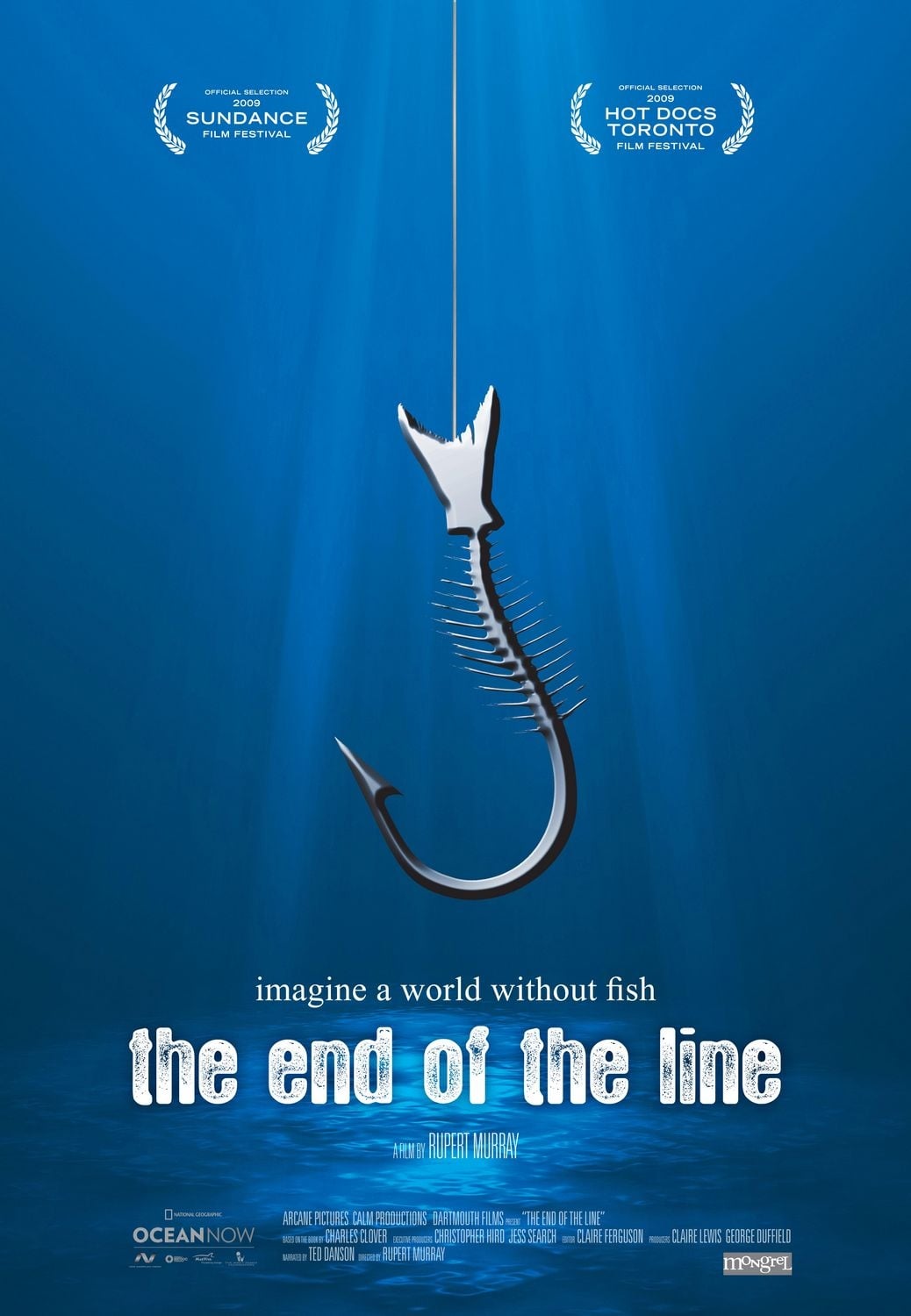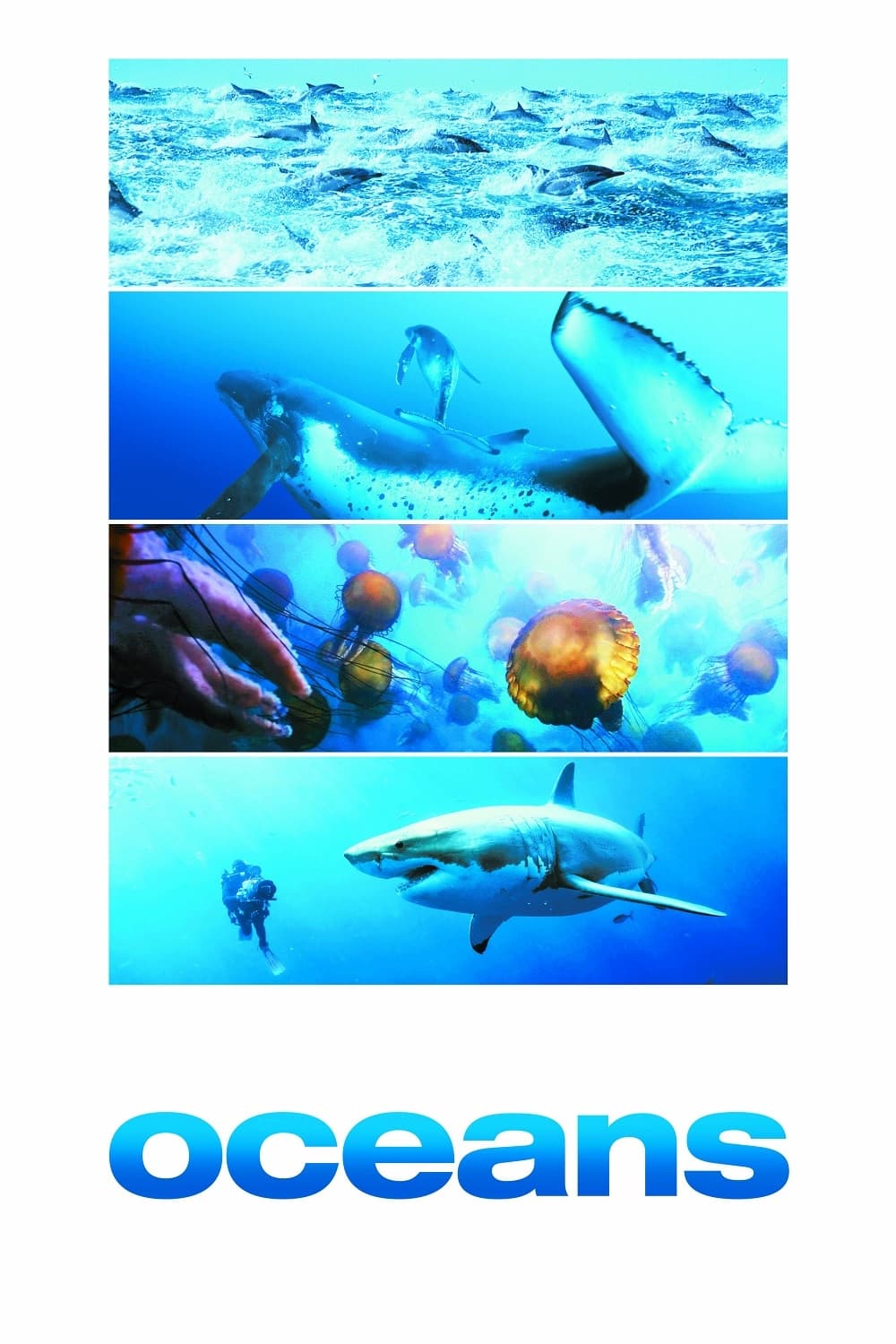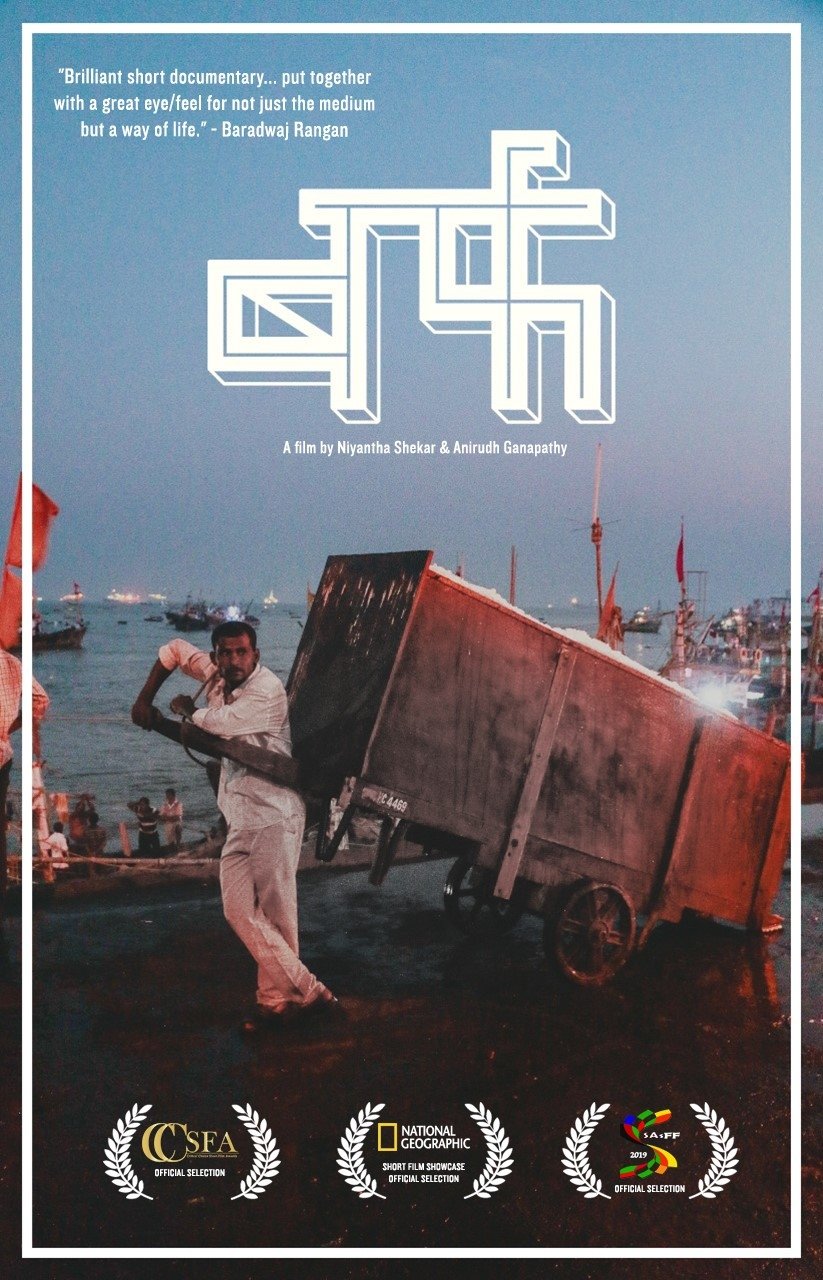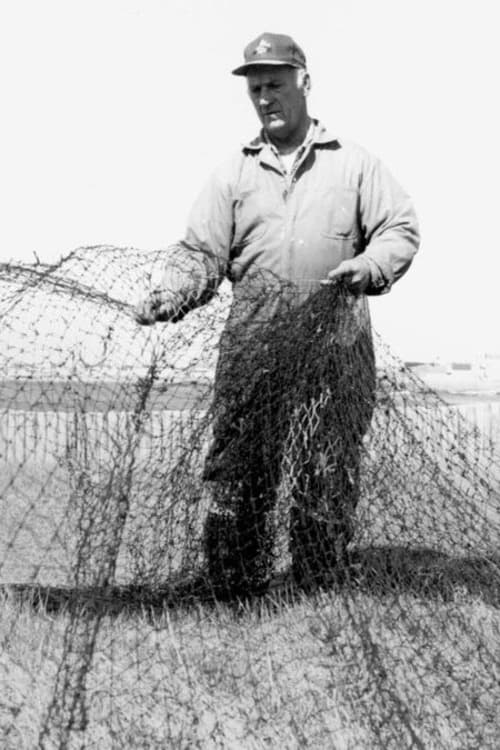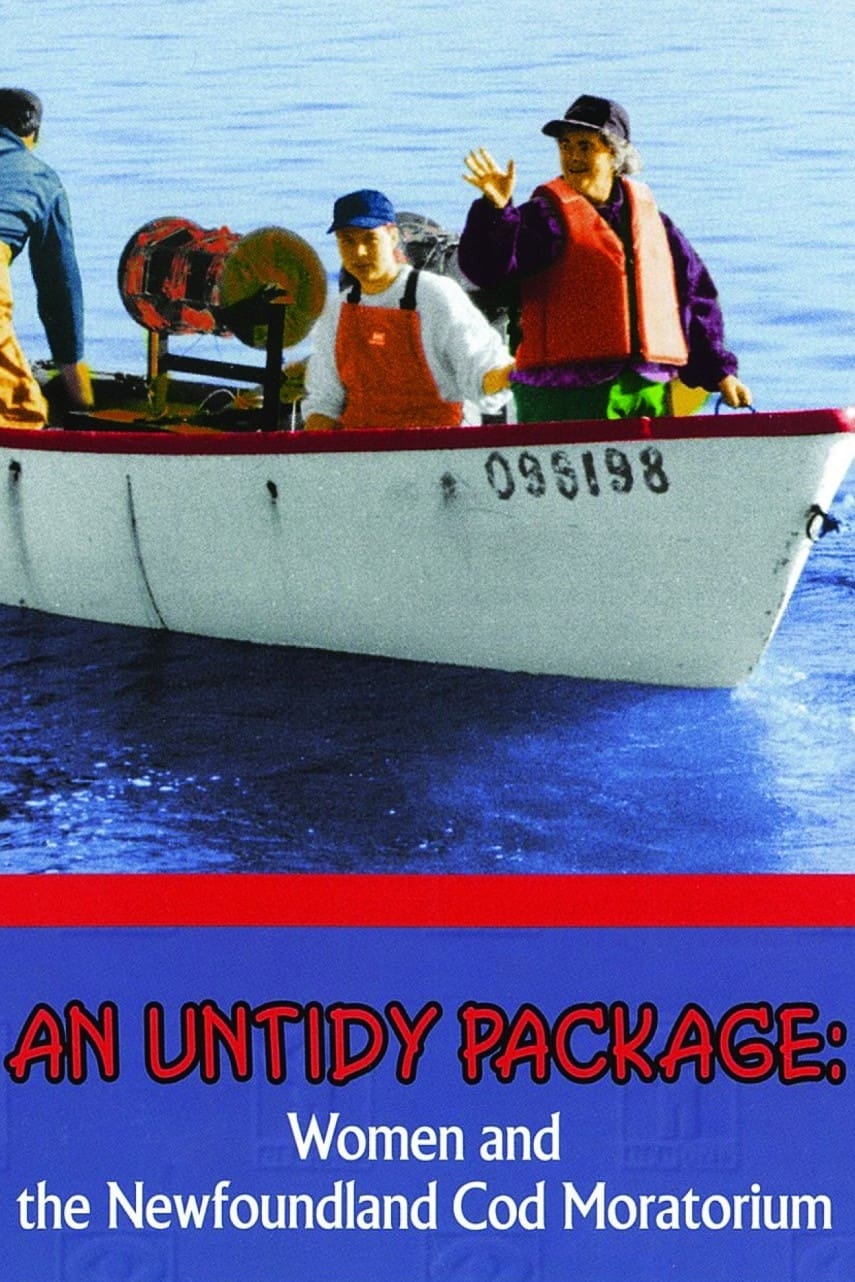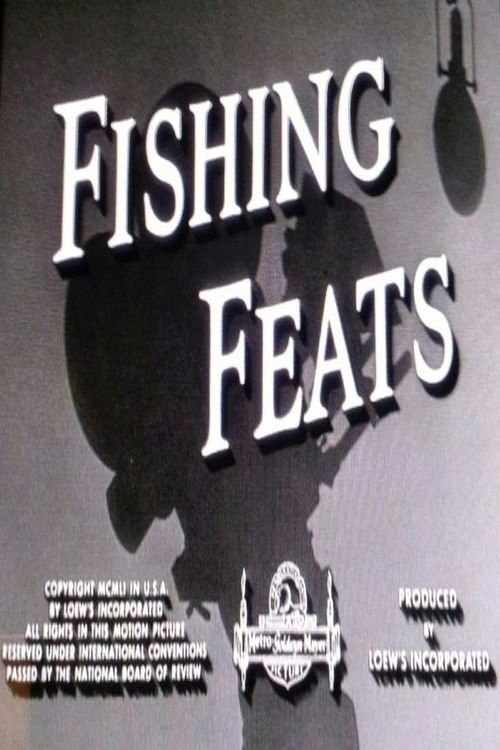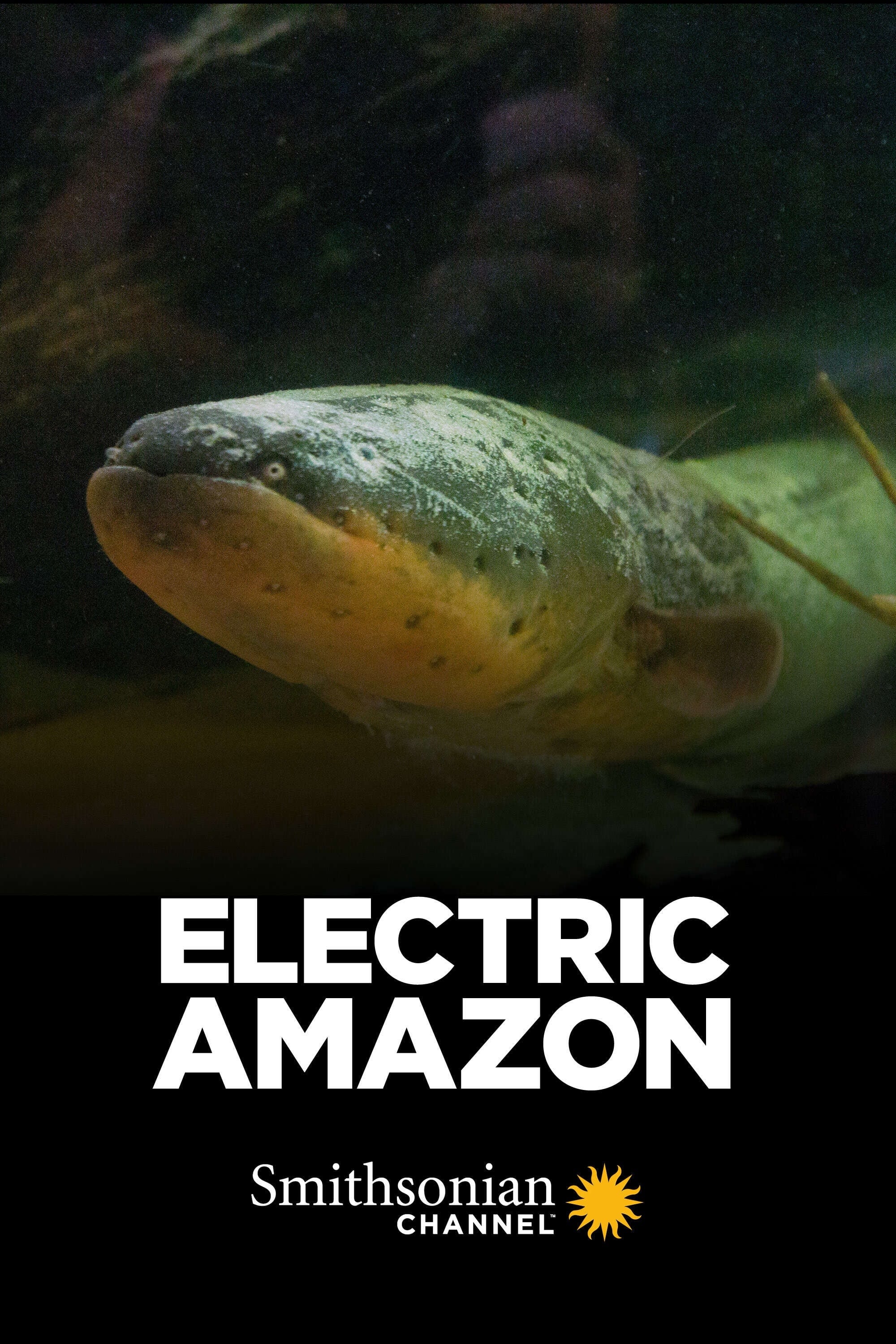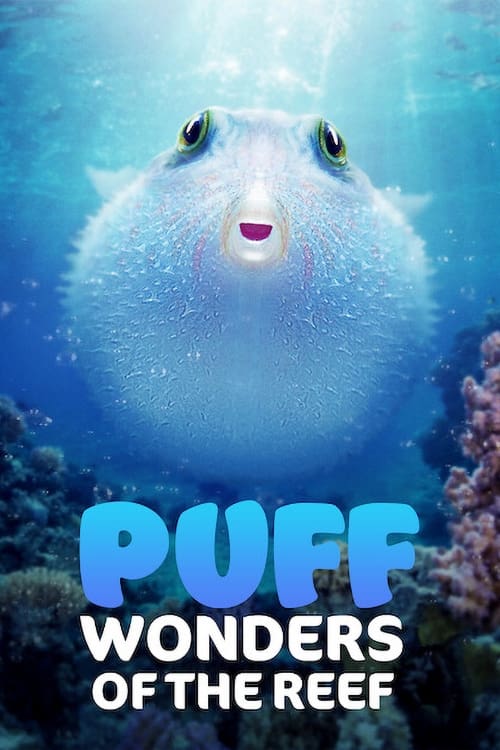The Fish Between the Falls (2014)
Overview
Ten thousand years ago, native people painted pictures of white sturgeon on the rocks near where they lived. These impressive fish, the largest and one of the oldest in North America, were an important part of the tribe's diet and the inspiration for their elegant sturgeon-nosed canoes. But over the past 200 years dikes and dams have changed the river so much that the sturgeon no longer successfully reproduce. Now, the people whose culture is bound up with these fish and the people who control the flow of the river today are working together to restore the Kootenai River White Sturgeon to their ancestral home.
Production Companies
Additional Info
| Budget | $0.00 |
|---|---|
| Revenue | $0.00 |
| Original Language | en |
| Popularity | 0.1172 |
Directed By
Crew
TOP CAST
Similar Movies
Super Fish - An Endless Adventure
Since man made the spear one-hundred thousand years ago, the fish have been a surprising role in human history. They've only been known as food for man who have been hungry! How have they changed the history of humans? Here goes the story...
The Coelacanth, a dive into our origins
Gombessa Expedition 1 To dive for the Coelacanth is to go back in time. In 1938, when it was known only as a fossil, a Coelacanth was discovered in South Africa in a fisherman's net. This species bears witness to an evolutionary bifurcation 380 million years ago, and bears the marks of a great event: the day the fish left the ocean for the open air. Does it hold the secret to the transition to walking on land? In 2010, a marine biologist and outstanding diver, Laurent Ballesta, took the first photographs of the Coelacanth in its ecosystem. In April 2013, divers and researchers set down their equipment at the Sodwana base camp in South Africa, in the club founded by Peter Timm (who died in 2014). Six weeks of extreme diving at depths of over 120 meters, in an attempt to film the Coelacanth with a double-headed camera, collect its DNA and tag a subject with a satellite-linked beacon...
The Biggest Little Fish You've Never Seen
At only twelve inches long, the menhaden are a keystone species in the East Coast's marine ecosystem, yet their numbers are threatened by industrial-scale fishing operations in the Chesapeake Bay.
The Dark Hobby
The Hawai'ian Islands are ground zero for the aquarium trade who capture and traffic reef fish for hobbyists’ tanks, decimating the reef, ocean and earth’s oxygen. Native Hawai'ians, conservationists, scientists, aquarium fish collectors and breeders are locked in a controversy over the stunning “treasure of Hawai'i” – the ornamental fish.
The Cost of Cobalt
In the cobalt mining areas of Katanga in the Democratic Republic of the Congo (DRC), babies are being born with horrific birth defects. Scientists and doctors are finding increasing evidence of environmental pollution from industrial mining which, they believe, may be the cause of a range of malformations from cleft palate to some so serious the baby is stillborn. More than 60% of the world’s reserves of cobalt are in the DRC and this mineral is essential for the production of electric car batteries, which may be the key to reducing carbon emissions and to slowing climate change. In The Cost of Cobalt we meet the doctors treating the children affected and the scientists who are measuring the pollution. Cobalt may be part of the global solution to climate change, but is it right that Congo’s next generation pay the price with their health? Many are hoping that the more the world understands their plight, the more pressure will be put on the industry here to clean up its act.
Fish! A Japanese Obsession
Charles Rangeley Wilson, author, journalist and BBC 2's Accidental Angler, travels to Japan to explore the Japanese people's passionate relationship to fish.
The End of the Line
Examines the devastating effect that overfishing has had on the world's fish populations and argues that drastic action must be taken to reverse these trends. Examines the imminent extinction of bluefin tuna, brought on by increasing western demand for sushi; the impact on marine life resulting in huge overpopulation of jellyfish; and the profound implications of a future world with no fish that would bring certain mass starvation.
To the Sea
Before leaving for Rome with his mother, five year old Natan is taken by his father, Jorge, on an epic journey to the pristine Chinchorro reef off the coast of Mexico. As they fish, swim, and sail the turquoise waters of the open sea, Natan discovers the beauty of his Mayan heritage and learns to live in harmony with life above and below the surface, as the bond between father and son grows stronger before their inevitable farewell.
Taking Stock
It was a way of life. It was the backbone of a society. And then the cod fishery off the east coast of Newfoundland collapsed. Taking Stock traces the history leading up to the crisis and the calling for a moratorium of the northwest Atlantic cod fishery. It presents the key players in this complex and tragic story, focusing on those who are now trying to come to grips with an uncertain future. How did the calamity happen? What signals did we ignore? Did we chose the right model in setting up an industry? Ultimately, Taking Stock holds a message for the Canadian as well as the global community: In trying to attain economic success, we must recognize that there are limits to how far we can exploit nature's delicate ecosystems.
An Untidy Package: Women and the Newfoundland Cod Moratorium
An Untidy Package sets out to dispel the popular misconception that Newfoundland women weren’t major players in the cod fishery before the moratorium, and that the federal compensation they received was only added to their husband’s claims to increase their family’s allowance. We learn at the outset that one third of the 35,000 workers displaced were women. Using the viewpoint of some of these women, this video examines the cod crisis and its social implications for families.
Fishing Feats
With Pete Smith providing dry off-screen commentary, we watch some serious fishing: a marlin caught near Catalina, a hammerhead shark caught then wrestled in a small rowboat near Baja, the largest (721 pounds) great white shark caught to date in California waters, Chinook Indians catching salmon at Celilo Falls in Oregon - each with his designated place on the river where his ancestors stood, and, last, a crew on a boat off Mexico hoisting and hurling tuna using unbarbed hooks (baited only with a feather) as fast as they can as long as the school is there - backbreaking work - but a $25,000 catch.
Electric Amazon
The Amazon is one of the wildest and least explored parts of the planet. Encompassing 6 countries and 2 million square miles of forest, river and floodplain, it has the highest diversity of life on the planet, but what lies below it is truly shocking. In its deep muddy rivers, clear streams and expansive floodplains a freak-show of fish life has exploded, with some of the strangest shapes and weirdest adaptations on Earth. Hiding in the vast rivers and streams is an electric grid, a bizarre community of fish with a highly sophisticated electric sixth sense. Using electricity, these "Super" fish can communicate wirelessly, control each other remotely and emit shocks that can stop a human heart. This cryptic world has mystified scientists throughout the ages. Now an intrepid scientist, Will Crampton ventures back into the dark jungles where the inspiration for our technology driven world first emerged, in an attempt to unravel their secrets and unlock the electric code.
zyabliko:vo
A walk around Zyablikovo — one of the most mysterious districts of one of the most mysterious cities (Moscow:2024).
Puff: Wonders of the Reef
A baby pufferfish travels through a wondrous microworld full of fantastical creatures as he searches for a home on the Great Barrier Reef.
